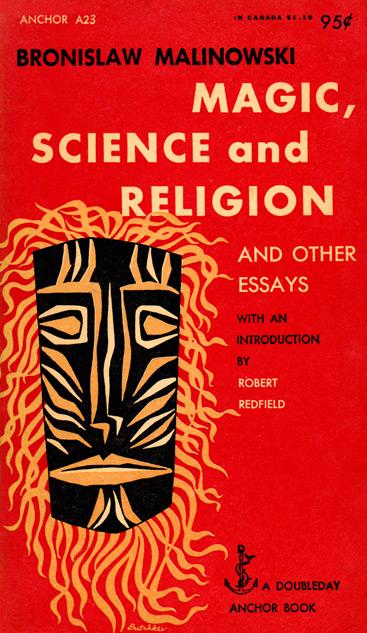While researching Robin Horton’s thesis that traditional religious thought is structurally and functionally similar to modern scientific thought, I came across one of those tête-à-têtes that sometimes gives academics a bad name. This sidebar revolves around The Southeastern Indians, published in 1976 by anthropologist and historian Charles Hudson. As was so often the case when post-modernism was all the academic rage, in 1996 Hudson’s rather straightforward reference work was subjected to critical scrutiny by one of the cognoscenti. Some years later, Hudson became aware of this treatment and responded to the criticisms. In the course of doing so, Hudson recalled his state of mind while writing Southeastern Indians more than twenty years earlier:
[The critic of my book] missed or ignored the strongest influence on my thinking in the early 1970s, namely Robin Horton’s two-part paper on African traditional thought and Western science. Central to Horton’s schema is a presumably universal distinction between common sense and “theory.” According to Horton’s “intellectualist” approach, when people can render their experience intelligible through the common sense of their culture, they will do so. But when the events in life defy explanation in commonsense terms, then people resort to a higher level of explanation that postulates the existence of causal agencies that are commonly called spiritual, but may properly be called theoretical because of their abstractness. One attractive aspect of Horton’s approach is that it did not require me to identify any particular piece of Cherokee belief as magic, religion, or science, as was usual at the time in which I wrote. Instead, I could speak of Cherokee conceptions as a belief system or “native folk theory.”
While I don’t think this accurately characterizes Horton’s distinction between primary theory (the mostly visible world of commonsense) and secondary theory (the mostly invisible world of explanation), it nicely illustrates the way in which Horton’s thesis cuts through modernist classifications that are ill-fitted to the past and other peoples. This is an attractive feature of Horton’s work, and it is one that I use when treating “animist worldviews.” These worldviews cannot be made to lie down on procrustean beds or modernist categories like “religion.”


